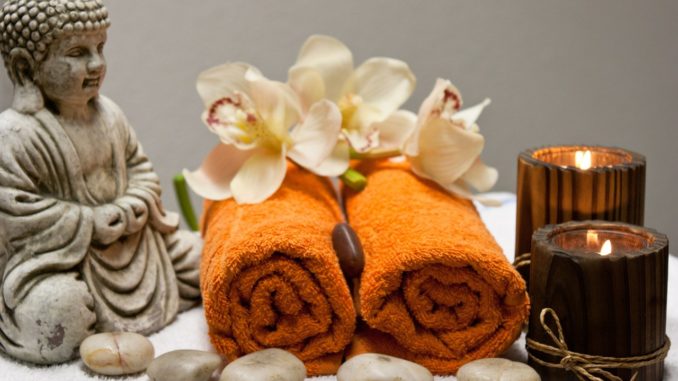
Right off the bat, the first thing you might not know about the Hong Kong massage is that it is actually known in native mandarin as „Tui Na“ or „Tuina“. The phrase means to „pinch and pull“ which basically highlights what most of what the therapy entails which is a lot like acupuncture in the sense that it addresses certain areas of interest. Now that we’ve got that out of the way, here’s what else you might not be familiar with about the massage:
i) It’s five millenniums old
Borrowing from an age-old tradition that strives to ensure the balance of yin and yang, the Hong Kong massage traces its roots back 5,000 years and is deservedly a vital pillar of Traditional Chinese Medicine. It summons Chinese Taoist principles incorporating the 8 elements of TCM into a hands-on treatment that has come to earn a reputation in contemporary society as a form of healing that utilizes strength and fingers. Practice makes perfect and with thousands of years to learn from, the therapy has aged like fine wine.
ii) Tui Na borrows a leaf from other techniques
Aside from its unique pinching and pulling motions, some of the other methods of muscle manipulation are construed from other massage styles. For instance, Swedish therapy involves a lot of rubbing and kneading and so too does the Chinese message albeit without the baking normally carried out upon completion of the former.
iii) You get to keep your clothes on
Before you’re quick to unbutton, please know that Tui Na is just as effective with your clothes on as it is with them off. So if you are a little shy or uncomfortable about having a stranger touching your exposed skin, you can rest easy knowing you need not take off anything although you might want to wear loose clothing for optimum comfort. The Hong Kong massage avails pressure zones through yoga-esque postures which can be dealt with using a combination of movements that penetrate fabric to relieve tension.
iv) It’s all about rhythm and balance
Rhythmic compression is the order of the day as far as this therapy is concerned and there is a mixed use of fingers, elbows, hands, feet, and knees to remove blockages throughout the body whilst creating a seamless flow in the process. Moreover, Tui Na prioritizes holistic healing encompassing traditional herbs with a view to freeing up Qi channels obstructed by stress or made so by poor sitting, walking and sleeping habits.
v) A Hong Kong massage offers numerous health benefits
Last but certainly most important of all, the therapy goes beyond the mere purpose of stress relief and relaxation offering complimentary advantages that better physiological functions such as digestion and blood circulation. What’s more, it also holds benefits for those with irritable bowel syndrome, arthritis, and insomnia just to name a few.
Tui Na might have a few more secrets up its sleeve and you can find out what these are straight from the horse’s mouth via an authentic Hong Kong massage. Oh, and one last thing, it’s actually pronounced as „twee na“ and not how it looks like which would imply a type of fish.